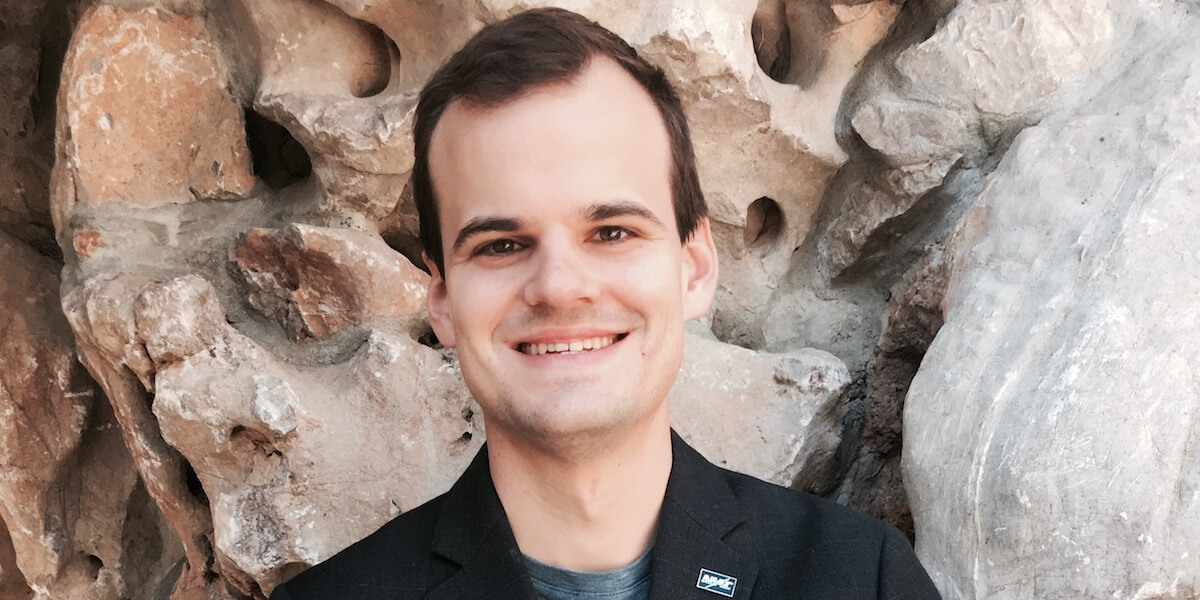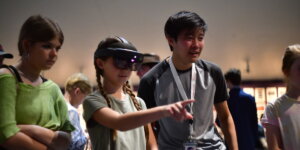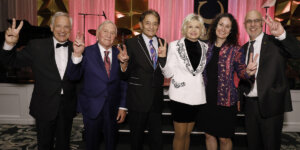
Jonathan Sauder, a senior mechatronics engineer at NASA Jet Propulsion Laboratory (Photo/Courtesy of Jonathan Sauder)
It was an ordinary Friday afternoon when USC Viterbi alum Jonathan Sauder, M.S. PDE ’11, Ph.D. ME ’13, checked his email to find a peculiar message from the Federal Bureau of Investigation asking for his social security number for a background check to receive an award.
After forwarding what appeared to be a fishing email to his IT department, Sauder’s apprehension soon turned to excitement when he realized that he had won the prestigious Presidential Early Career Awards for Scientists and Engineers (PECASE).
The PECASE award, created by the National Science and Technology Council, recognizes scientists and engineers, who early in their careers have already exemplified “exceptional potential for leadership at the frontiers of scientific knowledge,” according to the National Science Foundation. Sauder was among 100 winners chosen this year, which is the highest award granted by the U.S. Government to early-career scientists.
“I definitely was very surprised and grateful,” said Sauder, who received his PECASE award on July 25 in Washington D.C.
Sauder, a senior mechatronics engineer at NASA Jet Propulsion Laboratory, was nominated for his work as lead mechanical engineer on RainCube and for his role as principal investigator on the Venus Rover.
RainCube is the first radar instrument in a CubeSat, also known as a small satellite. The main function of RainCube, a weather radar, is to analyze rain and “understand where the rain is heaviest in the cloud system between the clouds and ground,” Sauder said. RainCube also tracks the amount of precipitation and where it occurs during a storm. By shrinking the size of RainCube, Sauder and his team drastically reduced its cost.
Additionally, Sauder said he earned the PECASE for his role leading the NASA Innovative Advanced Concepts (NIAC) Hybrid Automaton Rover. Essentially, Sauder and his team created a stainless steel-and-titanium rover that could survive in extreme heat. Interestingly, this is the first rover that could explore Venus’s fiery, 860-degree Fahrenheit surface for months instead of hours.
USC Viterbi played an important role in Sauder’s success, specifically improving his design process. He credits USC Viterbi professors Yan Jin, Geoff Shifflett and Behrokh Khoshnevis for helping him to reach his intellectual potential.
“One of the key things that USC taught me were the approaches in design theory and methodology in the Aerospace and Mechanical Engineering Department, which is something I’ve been implementing while developing new technology,” Sauder said.
Published on August 16th, 2019
Last updated on August 16th, 2019











